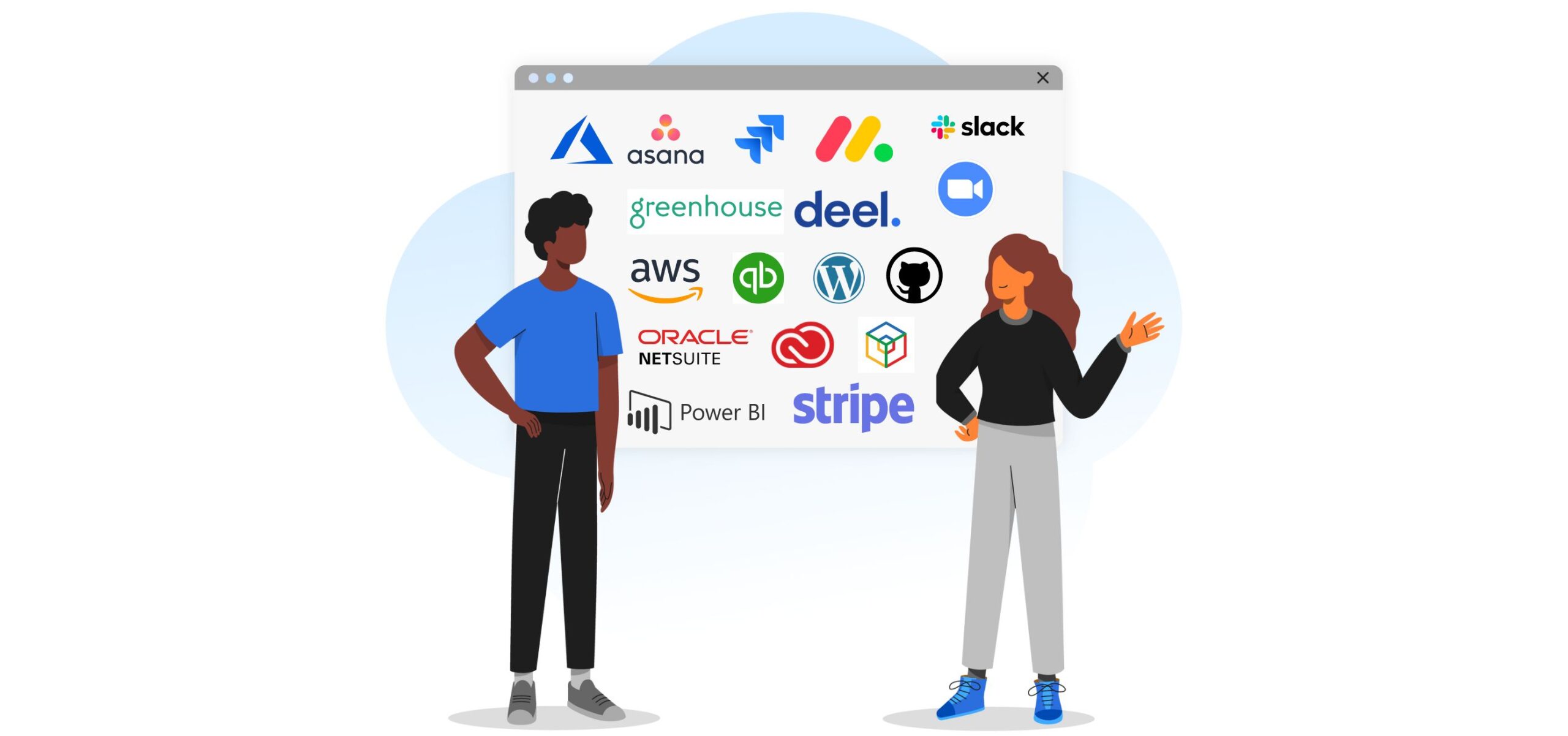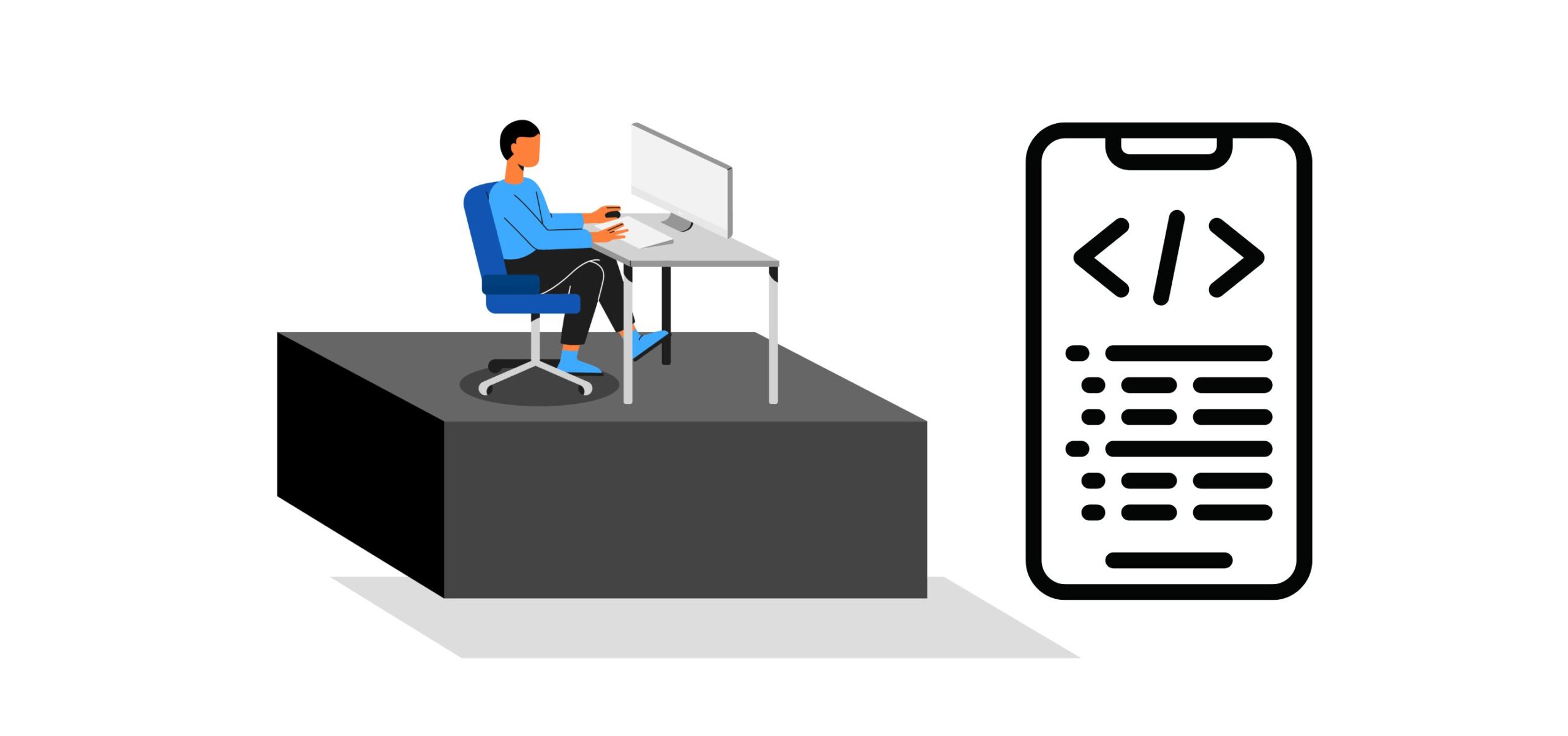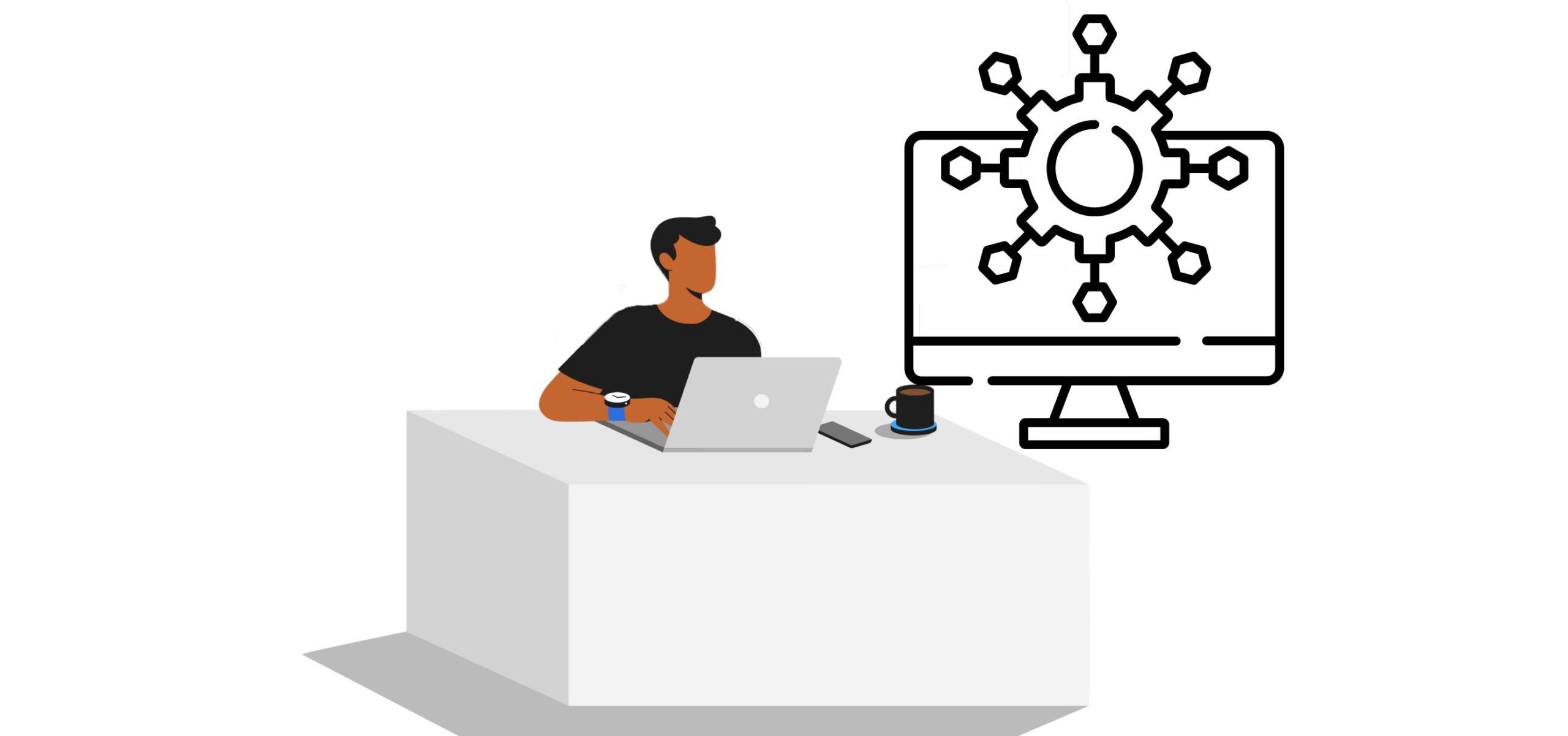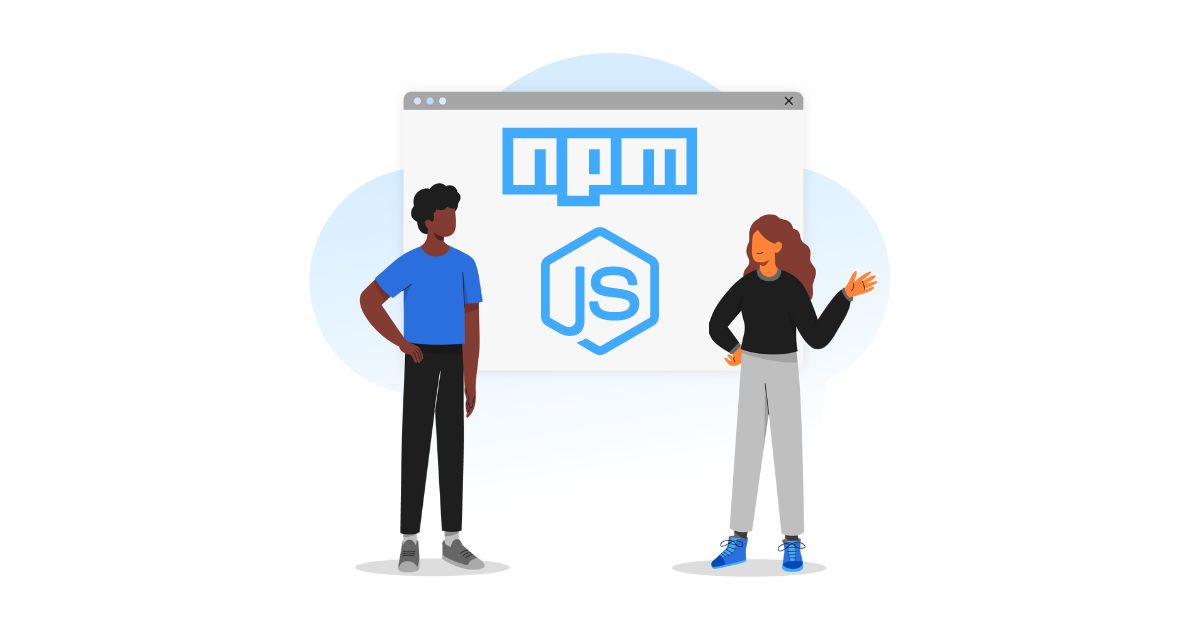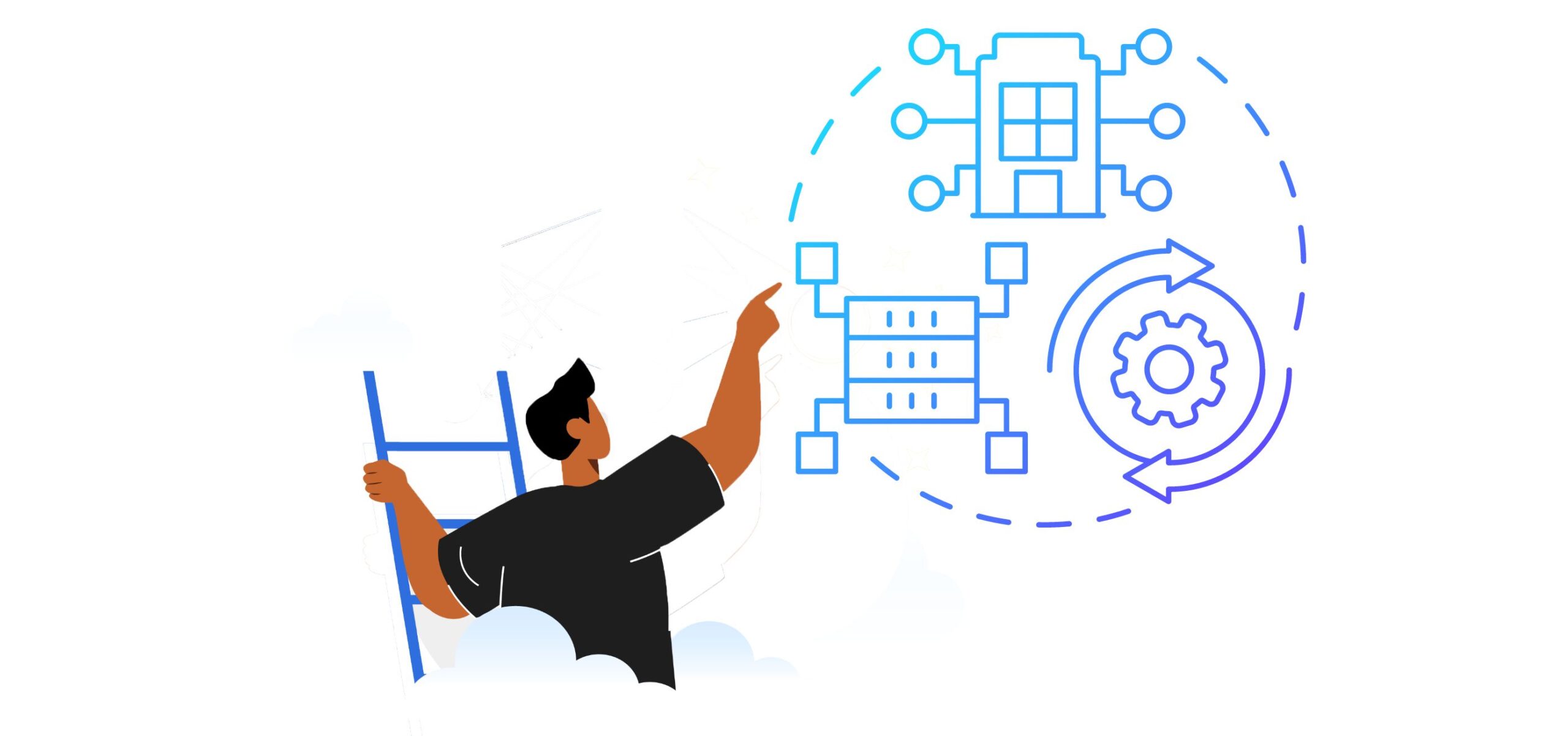Jira vs Airtable: Which Is the Best Project Management Tool in 2024?
Jira and Airtable are two of the most popular project management tools. But who wins in the Jira vs Airtable battle? Let’s find out. As you know, effective project management is crucial for the success of any organization. With the growing complexities of projects and the need for seamless collaboration among teams, project management tools have become essential assets.
In this blog post, we will explore these two powerful project management tools, Jira and Airtable, and compare their features to help you make an informed decision for your organization.
What is a project management tool?
A project management tool is a software solution designed to streamline project planning, execution, and monitoring. It provides a centralized platform where teams can collaborate, track progress, manage tasks, and communicate effectively. These tools play a vital role in enhancing productivity, ensuring accountability, and delivering projects on time and within budget.
What is Jira?
Jira, developed by Atlassian, is a leading project management tool designed specifically for software development teams. It offers a robust set of features that support agile methodologies, including Scrum and Kanban boards, backlogs, sprint planning tools, and more. Jira’s focus on software development makes it a preferred choice for tech-based projects.
Also, read: Agile Software Development Lifecycle Phases Explained
What is Airtable?
Airtable is a versatile project management tool that combines the simplicity of a spreadsheet with the power of a database. It provides flexibility to teams that need to organize various types of work, from content production schedules to event planning and more. With its user-friendly interface and customizable features, Airtable suits a wide range of industries and departments.
Jira vs Airtable: What are the major differences between Airtable and Jira?
While both Jira and Airtable are powerful project management tools, they cater to different needs and workflows. The major differences between them include:
- Purpose: Jira is tailored specifically for software development projects and is well-equipped to support agile methodologies like Scrum and Kanban. Airtable, on the other hand, is more of a general-purpose tool that suits a variety of projects across different industries.
- Complexity: Jira offers comprehensive features for software development, making it robust but potentially overwhelming for non-technical users. In contrast, Airtable’s simple and intuitive interface makes it easier to navigate and understand.
- Customization: Both tools offer customizable fields, but Jira’s extensive customization options make it highly adaptable to specific project requirements. Airtable also provides customization options, allowing teams to tailor the tool to their workflows.
Jira vs Airtable: Detailed features comparison
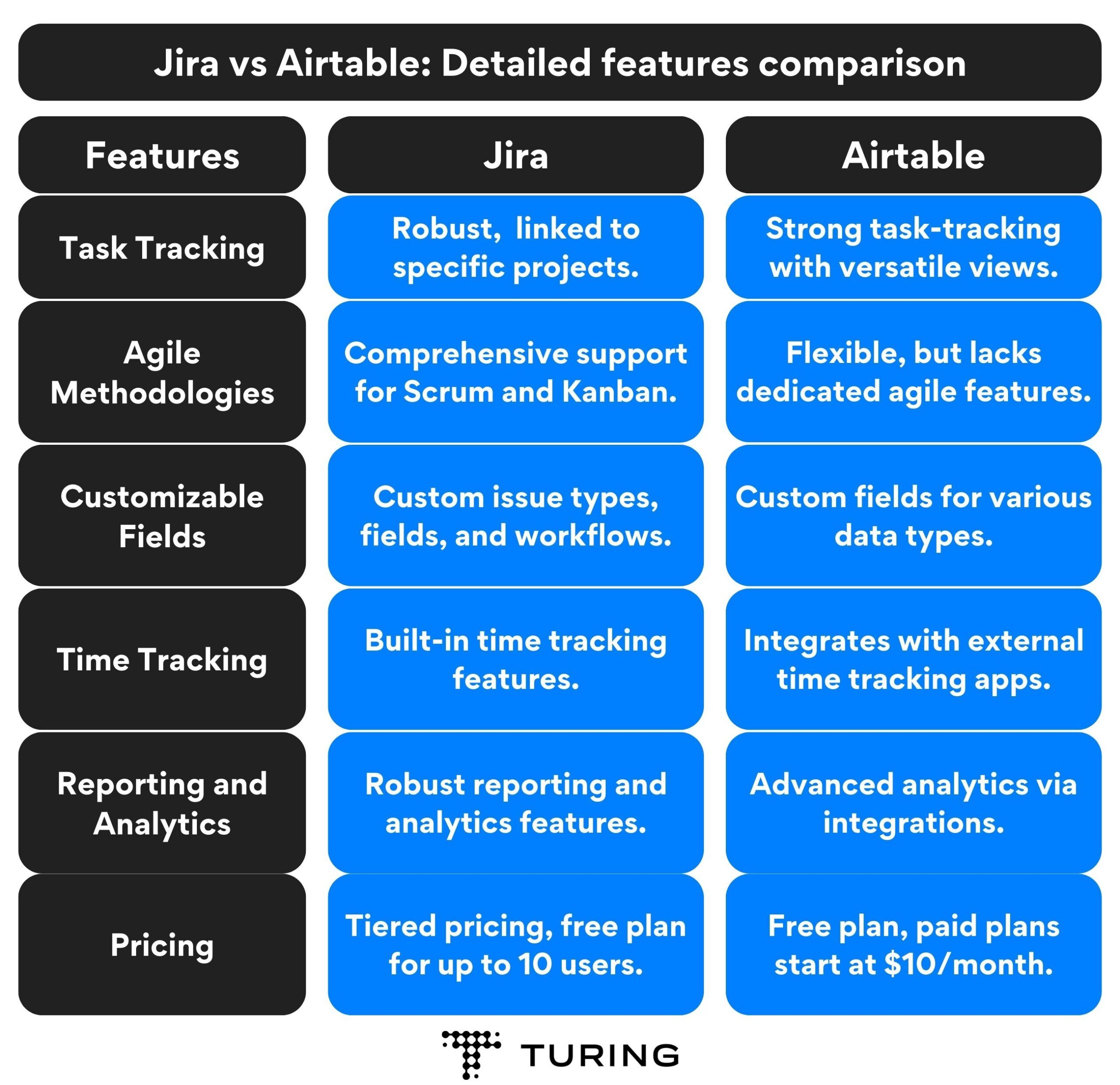
Jira vs Airtable: Detailed Features Comparison
Jira vs Airtable: Comparison on the basis of task tracking:
Jira provides robust task-tracking capabilities, allowing teams to create, assign, and track tasks within their software development workflow. Tasks are linked to specific projects and can be tracked through various stages of development. Jira’s issue and project tracking capabilities ensure that no task falls through the cracks.
Airtable also offers strong task-tracking features, enabling users to create tasks as standalone items or as part of larger projects. Tasks can be assigned to team members and tracked through different stages. Airtable’s versatile views, such as grid, calendar, Kanban, and gallery, provide visual flexibility to suit various project requirements.
Jira vs Airtable: Comparison on the basis of agile methodologies:
Jira is designed with Agile methodologies in mind, offering comprehensive support for Scrum and Kanban workflows. Features like Scrum boards, Kanban boards, backlogs, and sprints enable teams to customize their workflows and gain insights into agile metrics like velocity and burn-down charts.
While Airtable is not specifically tailored for agile methodologies, its flexibility allows teams to adopt agile practices. Users can create Kanban views for visual task management and utilize date fields for sprints. However, Airtable lacks some of the dedicated agile features found in Jira.
Jira vs Airtable: Comparison on the basis of customizable fields:
Both Jira and Airtable offer customizable fields, allowing teams to tailor the tools to their specific needs. Jira enables the creation of custom issue types, fields, and workflows, making it suitable for a wide range of projects and workflows. Airtable, on the other hand, allows users to create fields for various data types, providing flexibility to structure work according to the team’s requirements.
Jira vs Airtable: Comparison on the basis of time tracking:
Jira provides built-in time tracking features, although it may not offer as extensive time tracking capabilities as some specialized time tracking apps available in the Atlassian Marketplace. Airtable, on the other hand, doesn’t have native time-tracking functionality but can integrate with external time tracking apps like Harvest or Toggl.
Jira vs Airtable: Comparison on the basis of reporting and analytics:
Jira offers robust reporting and analytics features. It provides various built-in reports for tracking project progress, forecasting, and more. Customizable reports allow teams to monitor specific metrics, and the dashboard provides an overview of the project’s health.
Airtable provides basic reporting features, enabling users to create views to filter and sort records based on criteria. While it offers summary fields for performing calculations, more advanced reporting and analytics may require integration with external tools like Google Sheets or Tableau.
Jira vs Airtable: Comparison on the basis of pricing:
Jira offers a tiered pricing structure. It starts with a free plan that supports up to 10 users, making it a cost-effective option for small teams. For larger teams, the pricing begins at $7.75 per user per month for the Standard plan and $15.25 for the Premium plan. Jira also provides an Enterprise plan for large organizations, with pricing available upon contacting their sales team directly.
Airtable also offers a free plan, but its paid plans start at $10 per seat per month when billed annually for the Plus plan. The Pro plan, priced at $20 per seat per month when billed annually, provides even more advanced features. These two premium plans are billed at $12 and $24 monthly. Airtable’s Enterprise plan is available, but its pricing details are not publicly disclosed.
Pros and Cons of Jira:
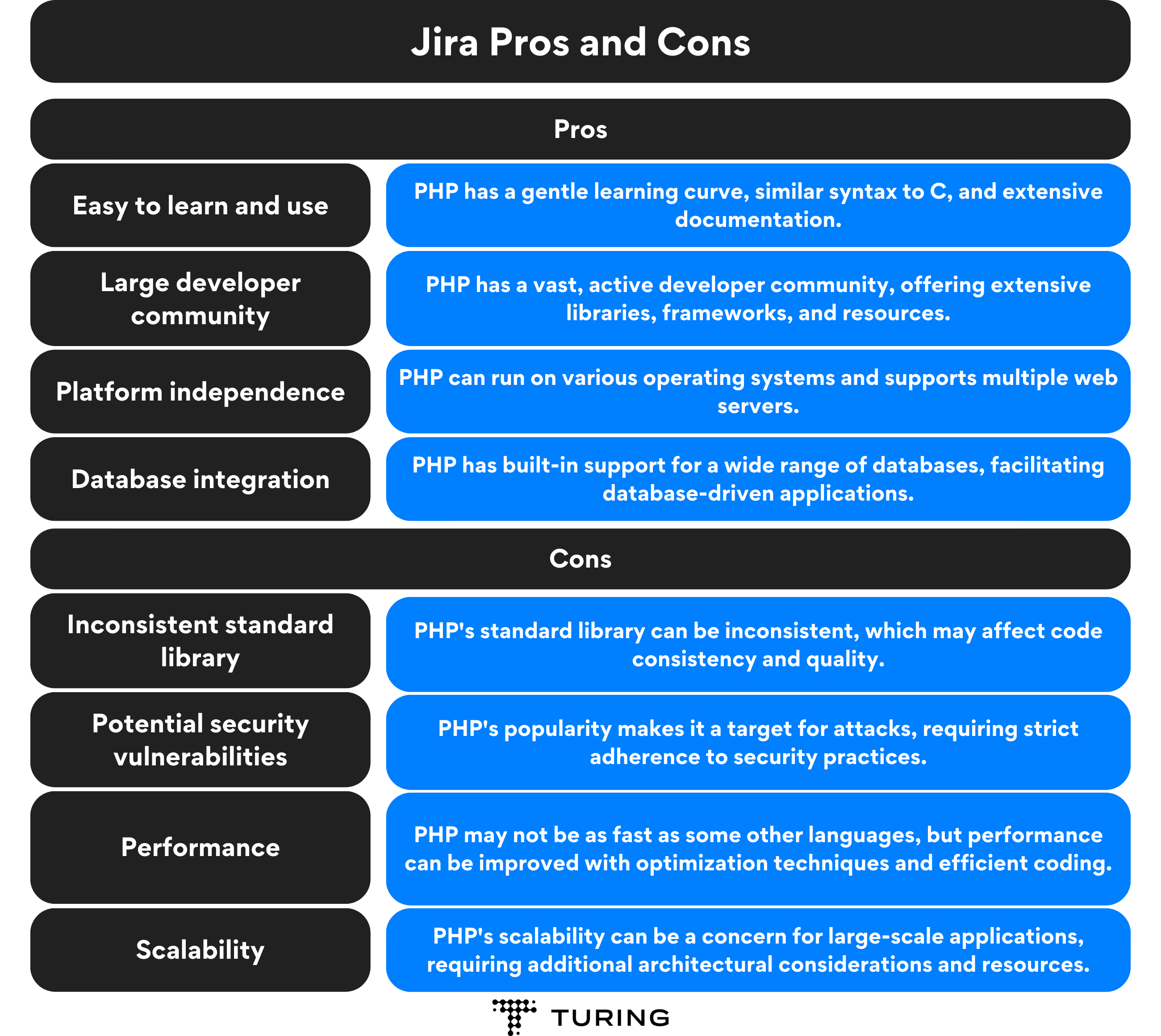
Jira Pros and Cons
Pros of Jira:
- A robust platform that provides comprehensive project management features for software development teams.
- Highly flexible, allowing it to be customized to fit a variety of workflows and suitable for teams of different sizes and industries.
- Integration capabilities with other Atlassian products like Confluence and Bitbucket enhance its functionality.
- Provides support for agile methodologies, including Scrum and Kanban, with reporting features for agile metrics.
Cons of Jira:
- The complexity of the interface can be overwhelming for new users, leading to a steep learning curve.
- Strong customization options may lead to confusion and inconsistency if not managed properly.
- Can be costly for smaller teams or startups, especially when considering additional expenses for plugins and integrations.
Pros and Cons of Airtable:
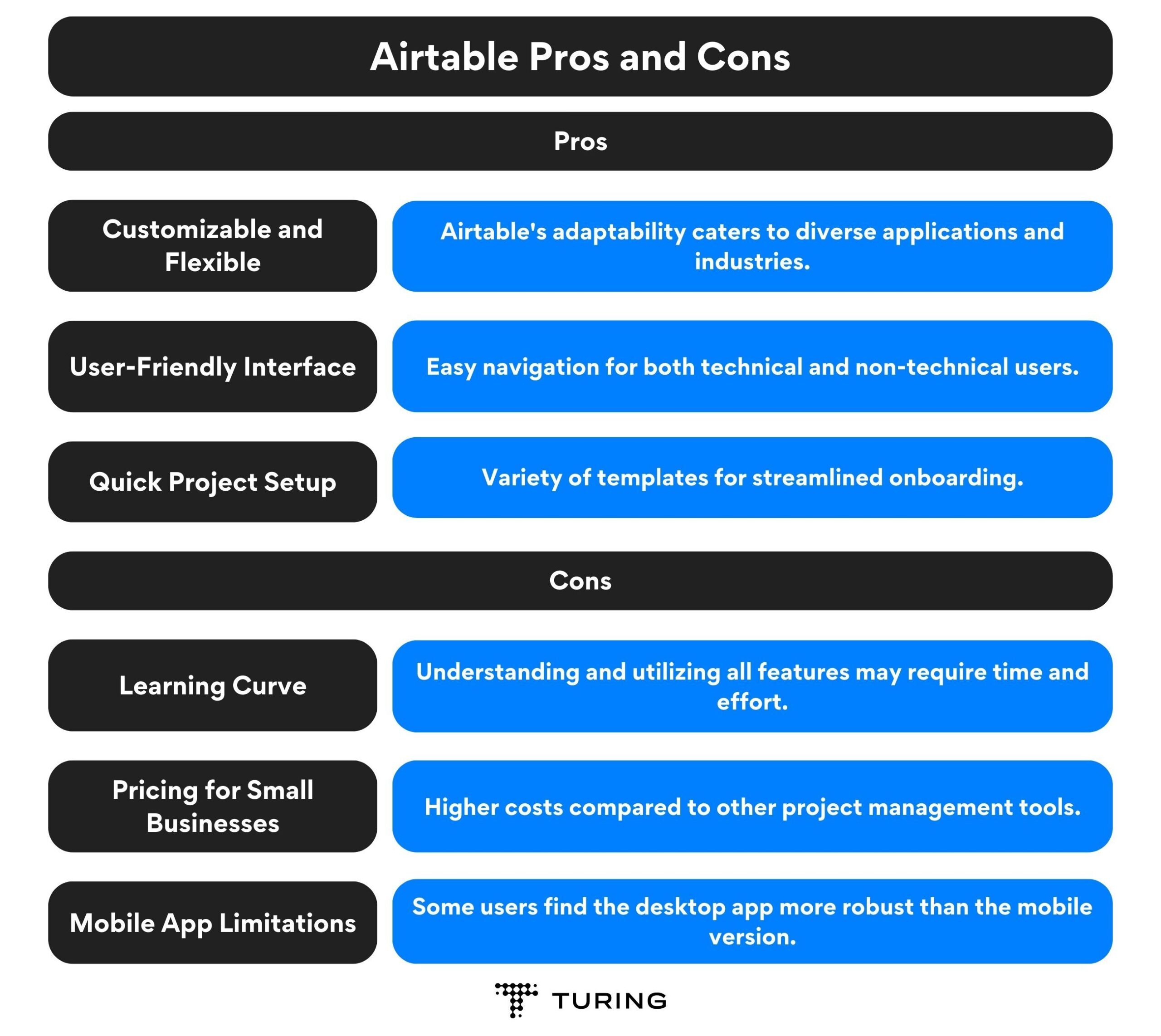
Airtable Pros and Cons
Pros of Airtable:
- Highly customizable and flexible, making it suitable for a wide variety of applications and industries.
- User-friendly interface that is easy to navigate and adopt, even for non-technical users.
- Provides a variety of templates for quick setup of new projects, streamlining the onboarding process.
Cons of Airtable:
- There is a learning curve to fully understand and utilize all of Airtable’s features and capabilities.
- The pricing can be higher for small businesses or individual users compared to other project management tools.
- Some users report that the desktop app is more robust and user-friendly than the mobile app, potentially limiting flexibility for on-the-go team members.
Jira vs Airtable: What should your organization use?
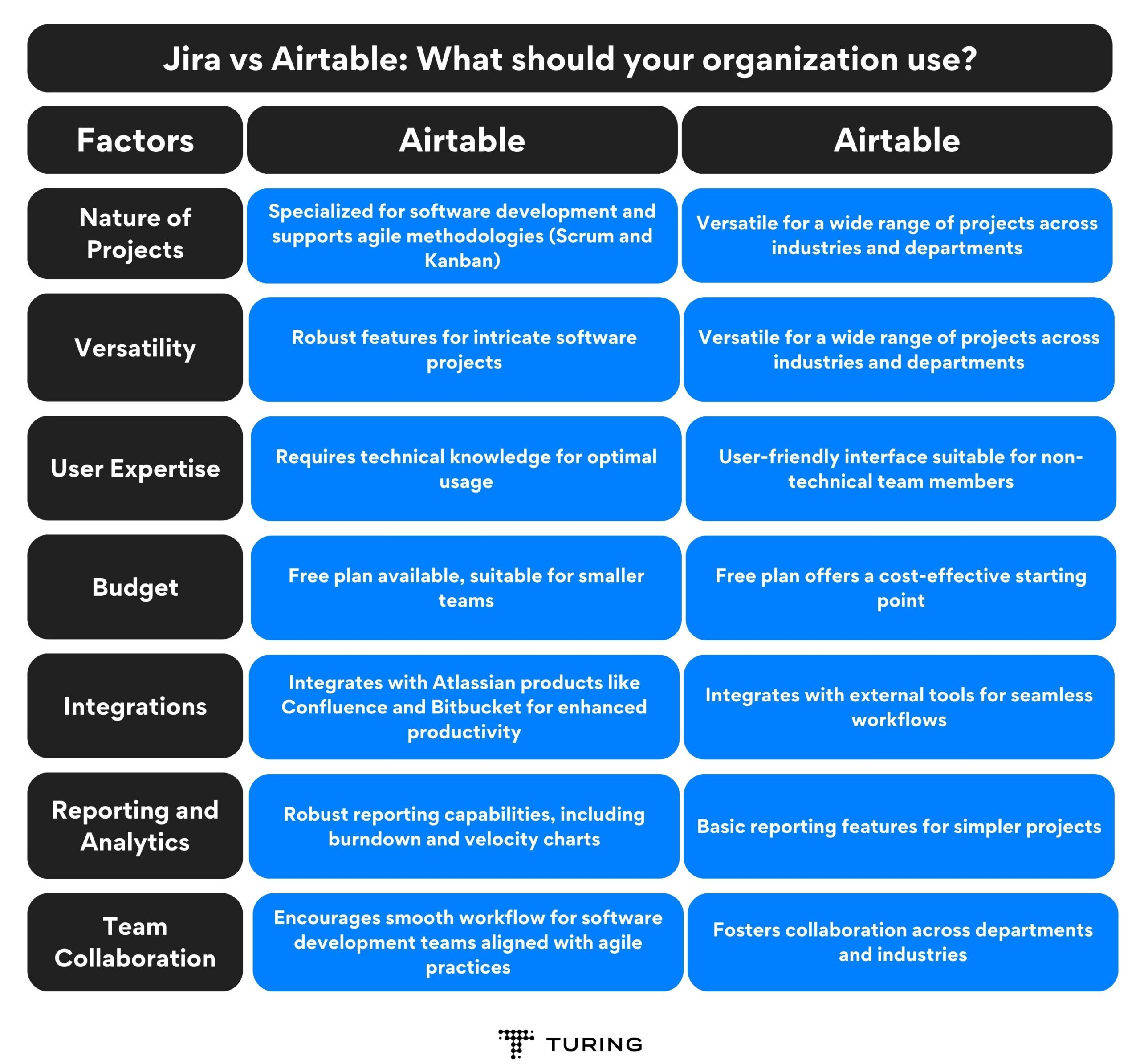
Jira vs Airtable: What should your organization use?
Choosing between Jira and Airtable depends on your organization’s specific needs, project requirements, and team dynamics. Consider the following factors to make an informed decision:
- Nature of Projects: If your organization primarily focuses on software development and follows agile methodologies, Jira’s specialized features and support for Scrum and Kanban make it a strong choice. Jira’s ability to handle intricate software projects with ease and provide agile-specific metrics is unmatched.
- Versatility: If your organization deals with a wide range of projects across different industries and departments, Airtable’s flexibility and user-friendly interface may be more appealing. Airtable’s ability to customize fields and views allows teams to create a workspace that suits their unique workflows.
- User Expertise: Consider the technical expertise of your team members. Jira, with its extensive features and customizations, may require some technical knowledge for optimal usage. Airtable’s simpler interface may be more suitable for teams with members who have less technical expertise.
- Budget: Both Jira and Airtable offer tiered pricing plans to accommodate different budgets. Jira’s free plan can be advantageous for smaller teams, while Airtable’s free plan provides a cost-effective starting point. Compare the features offered in each plan to find the best fit for your organization’s needs.
- Integrations: Assess the compatibility of each tool with other apps and software your organization relies on. Jira’s integration with other Atlassian products like Confluence and Bitbucket can enhance overall productivity, while Airtable’s integrations with external tools may provide seamless workflows.
- Reporting and Analytics: If detailed reporting and advanced analytics are crucial for your projects, Jira’s robust reporting capabilities, including burndown and velocity charts, might be more suitable. Airtable’s basic reporting features may be sufficient for simpler projects.
- Team Collaboration: Consider how well each tool facilitates team collaboration and communication. Jira’s focus on software development allows teams to align with agile practices and ensures a smooth workflow for tech teams. Airtable’s user-friendly interface encourages collaboration across departments and industries.
Conclusion
Jira and Airtable are both powerful project management tools, each catering to different needs and workflows. Jira excels in supporting software development teams with its agile-specific features, while Airtable’s versatility and user-friendly interface make it suitable for various industries and projects.
Assess your organization’s specific requirements, team expertise, and budget constraints to determine the best fit between Jira and Airtable. Take advantage of the free plans and trials offered by both platforms to test their capabilities with your team. Whether your organization prioritizes specialized agile tools or requires a flexible solution for diverse projects, Jira and Airtable can significantly enhance project management and team collaboration.
FAQs
- Is Jira like Airtable?
Yes, Jira and Airtable have similarities as they both are project management tools that offer task tracking, customizable fields, and integration capabilities. However, they cater to different needs. Jira is more tailored towards software development and agile methodologies, while Airtable’s flexibility makes it suitable for a variety of projects across different industries. The user experience also differs, with Jira being more complex and Airtable offering a more intuitive interface. - What is Jira used for?
Jira is a project management tool developed by Atlassian, primarily used for tracking issues and bugs related to your software and mobile apps. It is widely used by agile development teams to plan, track, and release software. Jira supports Scrum and Kanban methodologies, provides customizable workflows, and offers features like backlogs, sprints, and boards. It also includes capabilities for time tracking, reporting, and analytics, making it a comprehensive tool for managing software development projects. - Is Jira outdated?
No, Jira is not outdated. It is one of the most widely used project management and issue-tracking tools, especially in the software development industry. Atlassian, the company behind Jira, regularly updates the platform with new features and improvements. Its robust set of features, including support for agile methodologies, customizable workflows, and extensive integration capabilities, make it a relevant and powerful tool for modern software development teams. - What are the limitations of Airtable?
Airtable’s limitations include complex formulas that can be difficult to manage in larger bases, lack of native hierarchical task views, and basic reporting features that may require external tools for advanced analytics. It also lacks built-in time tracking, necessitating integration with external apps. Despite its user-friendly interface, there can be a learning curve to fully utilize its features.
Tell us the skills you need and we'll find the best developer for you in days, not weeks.





